Hyundai Ioniq 6, the brand’s newest EV, impresses with its all-round ability and sweeping lines
We drive the Hyundai Ioniq 6, an electric sports saloon with an idiosyncratic sense of style and lashings of tech
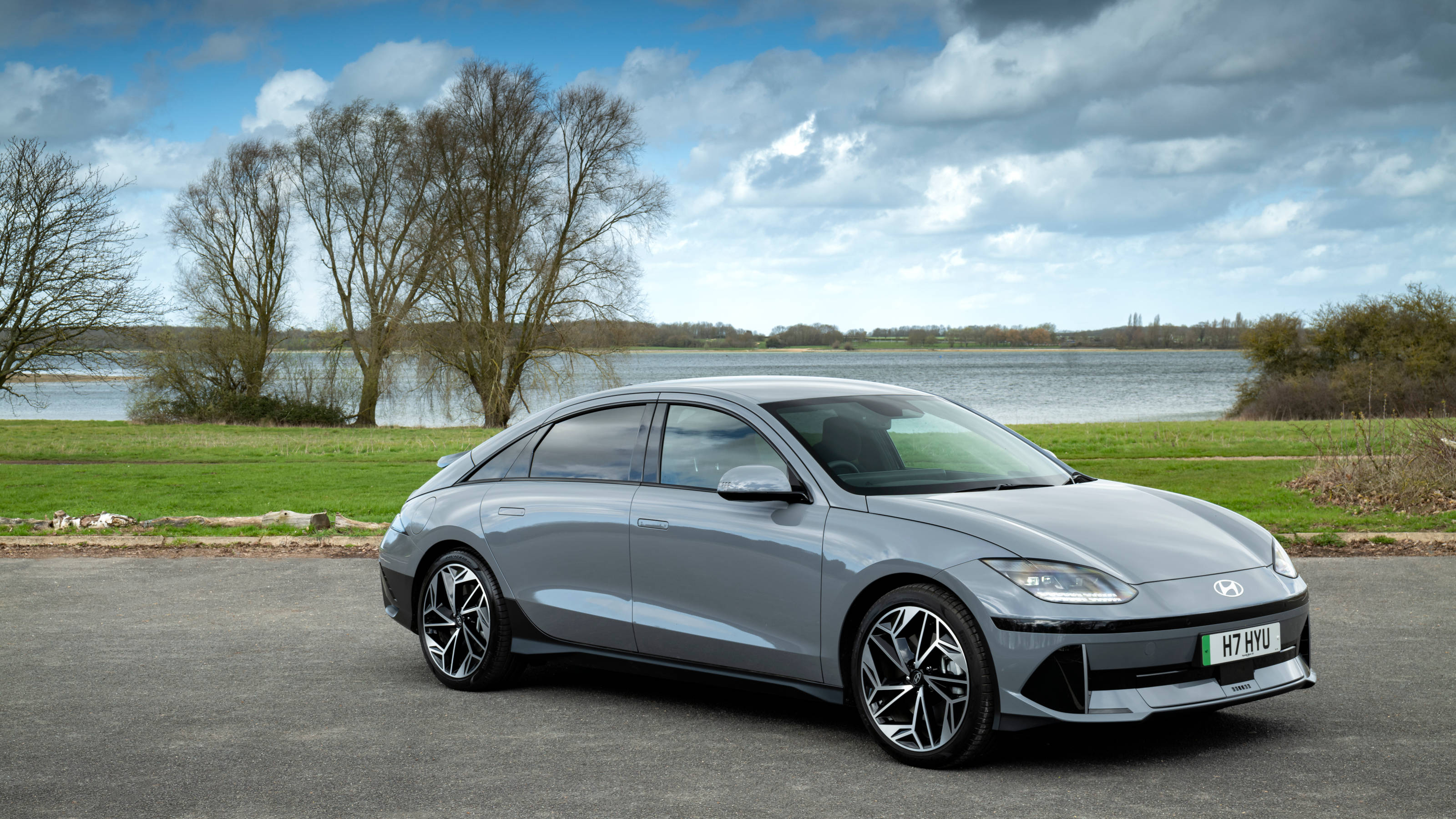
In the transition to electrification, few mass-market production car makers have caused as much of a stir as Hyundai. The Korean company pushed the boundaries of convention with its Ioniq 5 model and then unveiled the closely related Ioniq 6. With the latter recently awarded the World Car of the Year 2023, we got behind the wheel of a top spec Ioinq 6 to experience Hyundai’s electric flagship.
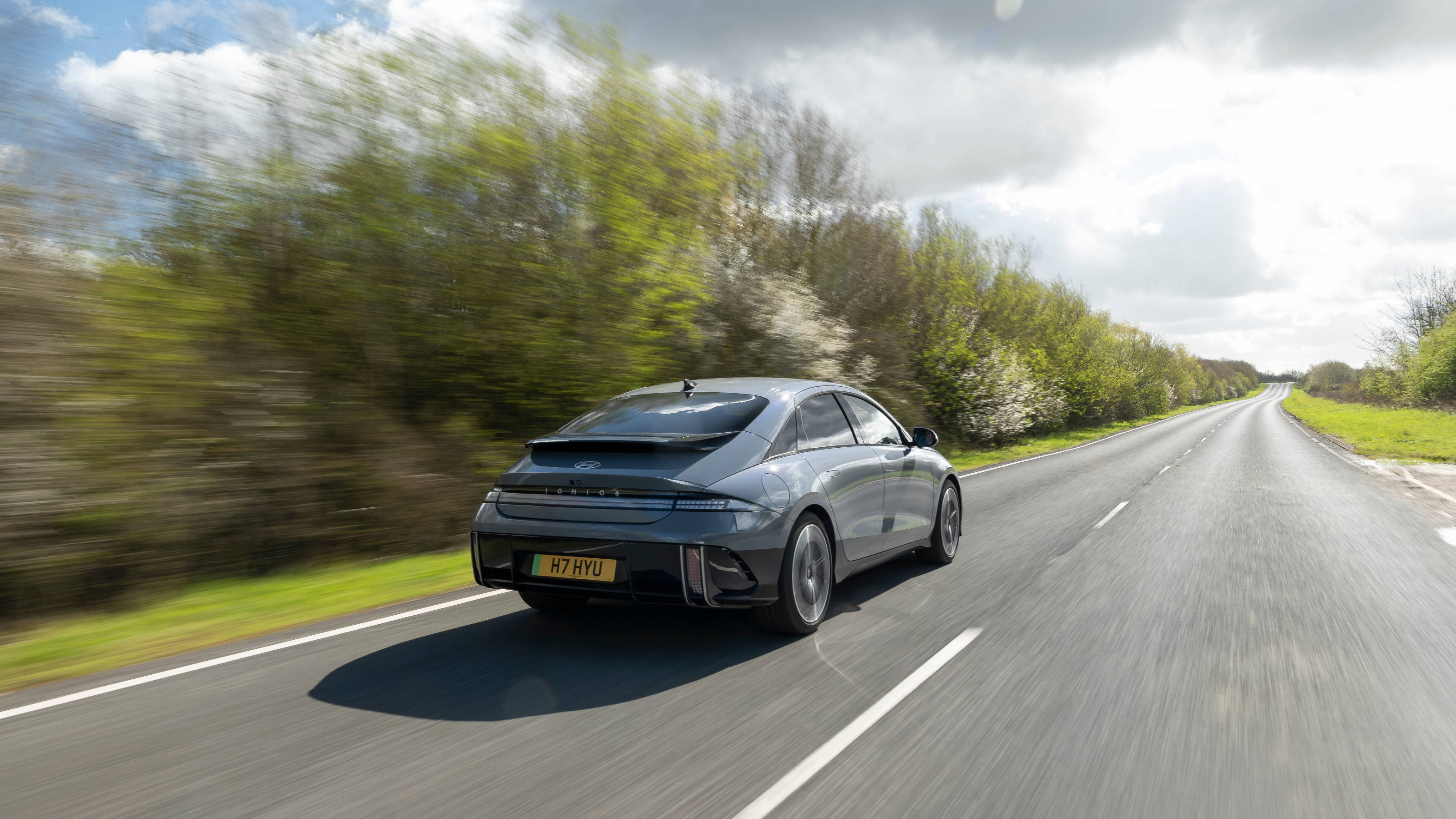
Compared to the faceted form of its sister model, the 5, the Ioniq 6 is a very different aesthetic proposition. A swooping, curvaceous body brings to mind early experiments in streamlined design, or perhaps even a four-door Volkswagen Beetle. From the rear, the collision of spoiler, boot lid and full-width lightbar with its downturned edges has been likened by some to the classic Porsche 911 Turbo; regardless of the aesthetic intention, this sets the 6 apart as a sportier proposition.
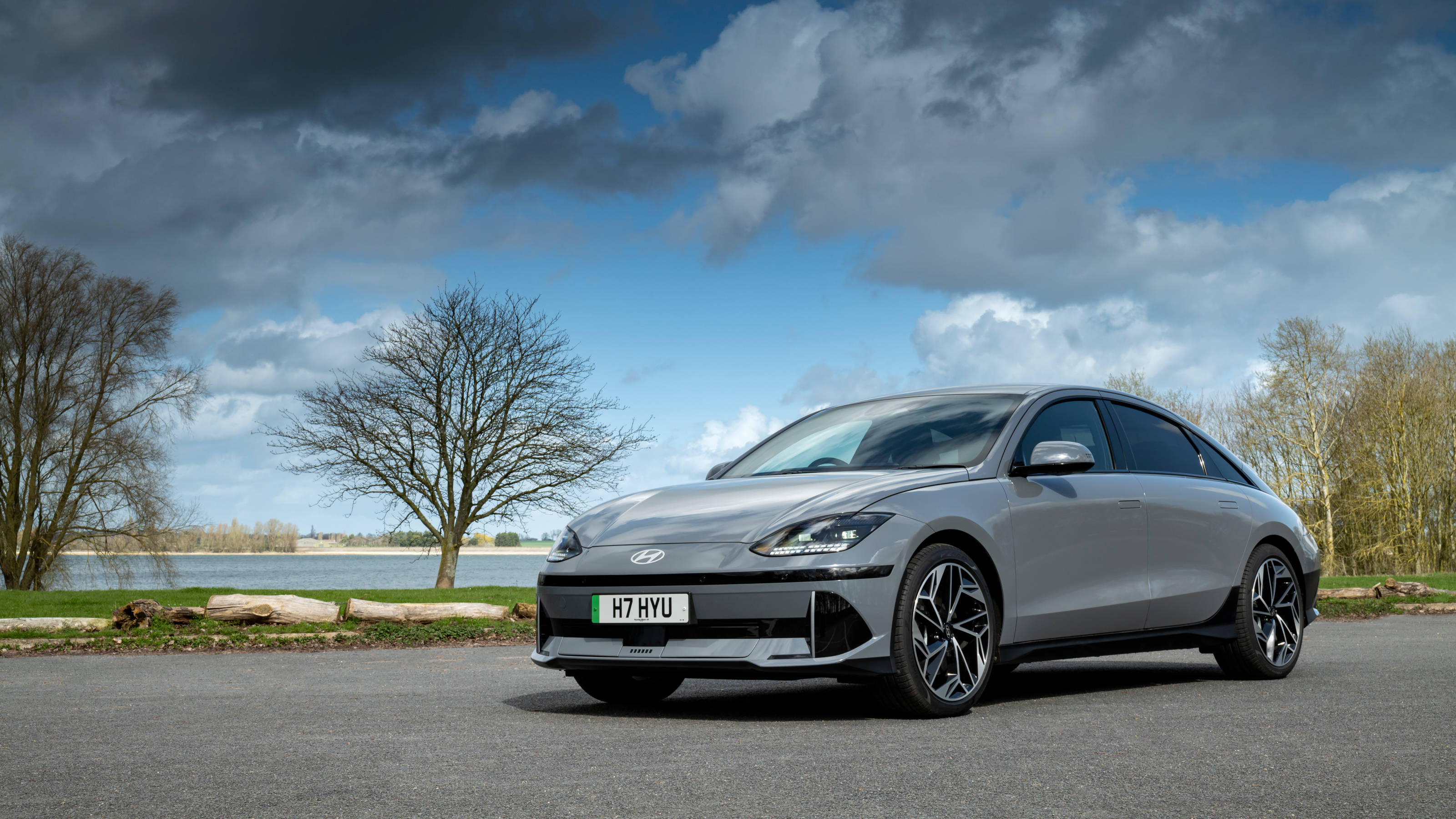
Hyundai is more than happy for you to give into temptation and indulge in the propulsive shove that characterises an electric powertrain. All models share the same 77.4 kWh battery, but the all-wheel drive model adds another motor and is substantially faster as a result, with a 0 to 60 mph time of 5.1 seconds. As with every EV, it’s not about top speeds, but acceleration, both from a standstill and at overtaking speeds.
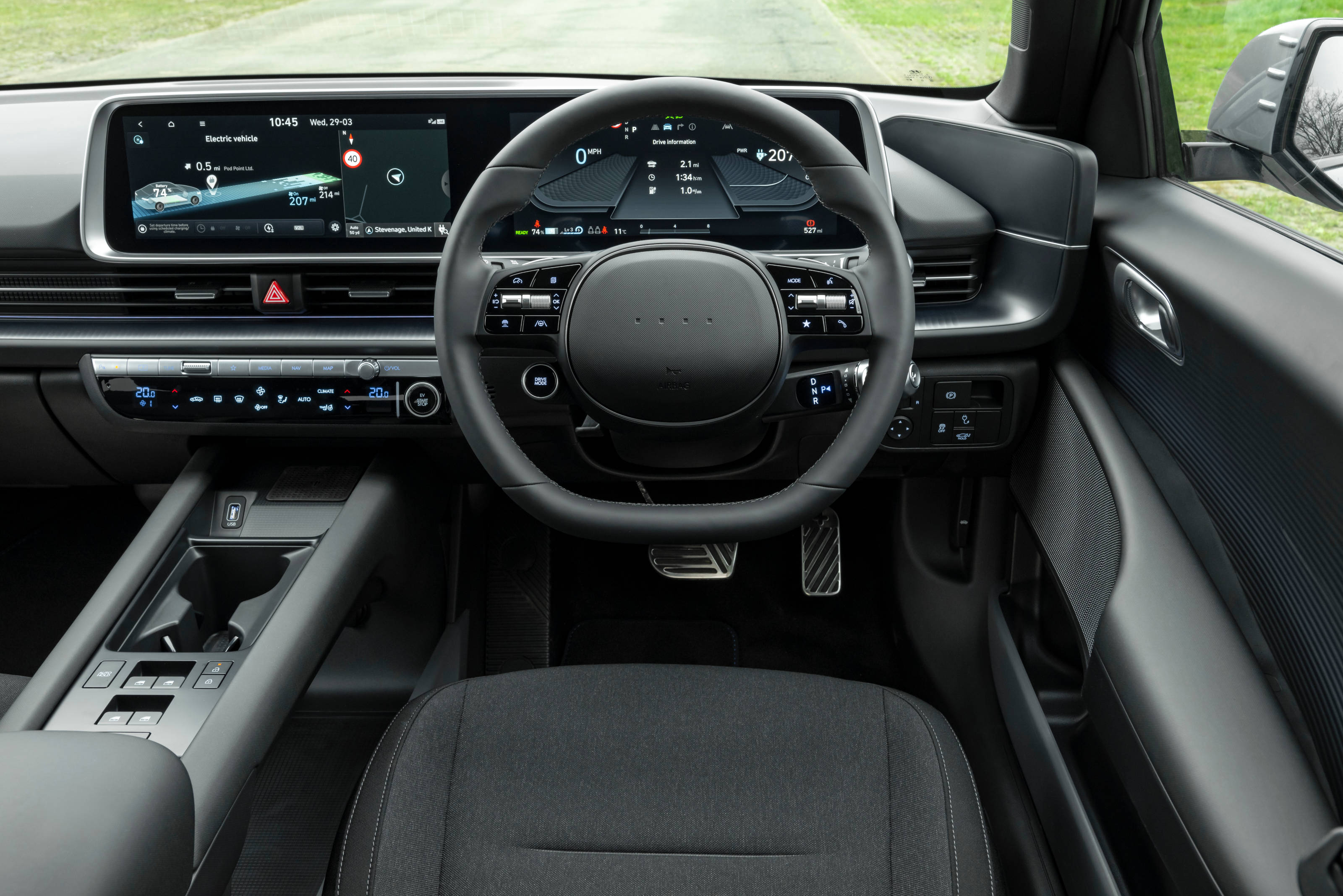
Around fast corners, the Ioniq 6 tracks securely and comfortably, with minimal body roll, and suspension that conceals its mass well. The driving position is rather high, but this is not a traditional sports car, more of a sporting saloon. In any case, you’ll be spending most of your time in the ‘Eco’ drive mode, which maximises range at the expense of slower acceleration. The 6 also has a punchy regenerative braking system which makes one-pedal driving a breeze – simply use the left steering wheel paddle to engage.

Absolute maximum range – one that’s all but unobtainable outside of laboratory conditions – is 338 miles. That should mean a comfortable c300 mile range in day-to-day use, which is our sweet spot for effectively vaporising range anxiety (something we probably won’t even remember in five years’ time). Add in 350Kw charging, the fastest currently available, and the Ioniq 6 can be taken from ten to 80 per cent charge in under 20 minutes.
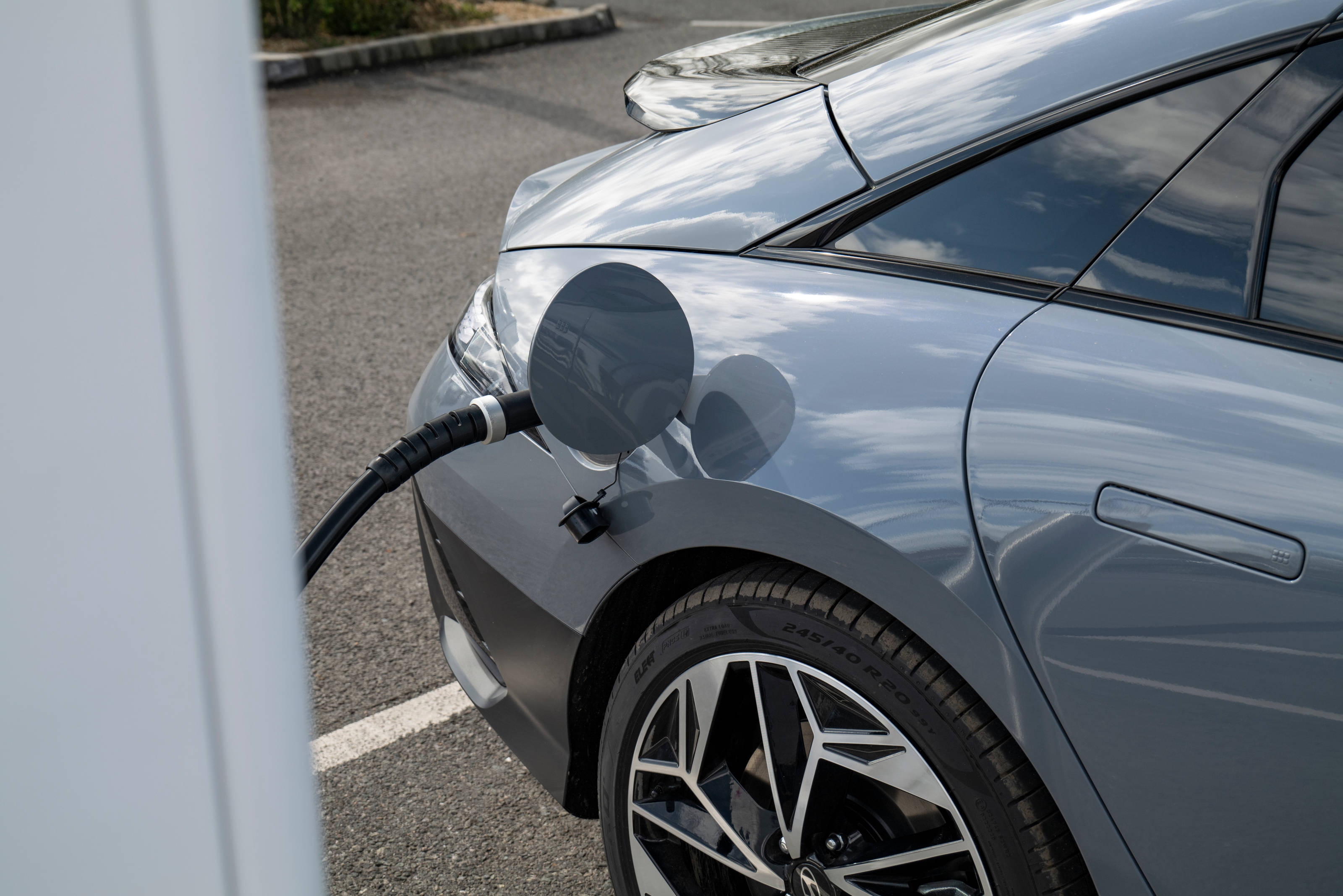
Inside, the accommodation is similar in scope and scale to the Ioniq 5. There is a slightly more premium feel, especially with the raised centre console with a handy storage underneath and the most premium models get heated seats all round and a useful complement of USB charge points. Points are docked for not allowing Android Auto or Apple CarPlay to operate wirelessly, however. A head-up display completes a comprehensively equipped dash – only the paucity of physical buttons for climate control lets the side down.
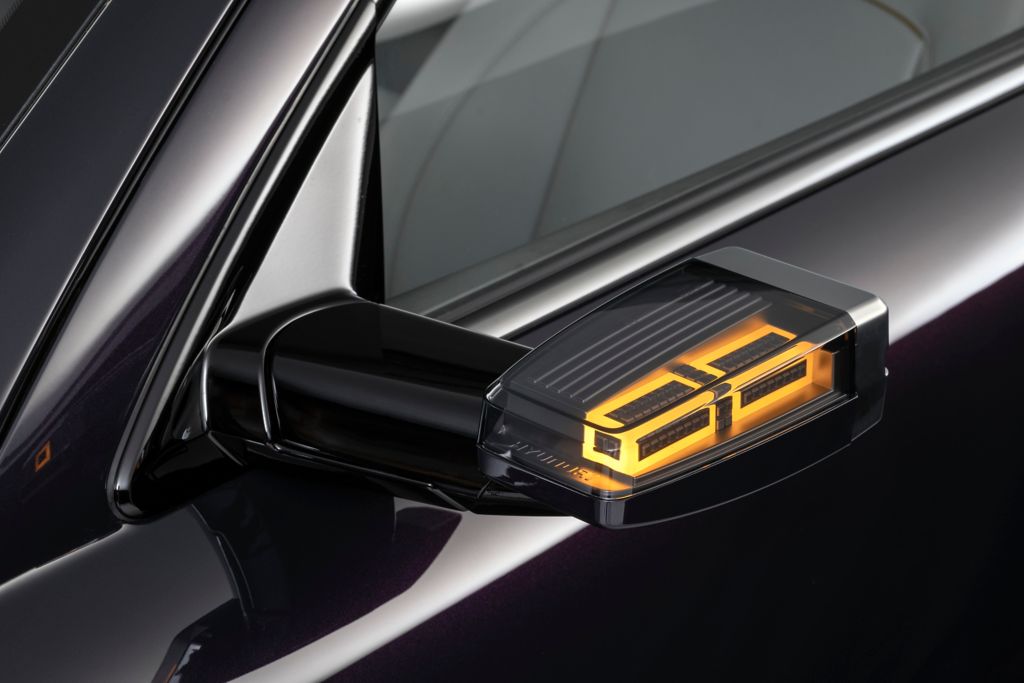
Another functionalist misstep is the inclusion of wing mirror cameras in the top spec model. These reduce the car’s width and improve aerodynamics, but the benefits don’t outweigh the downsides. Each screen is angled inwards and placed at the far ends of the dashboard and it takes a while to look inside the car instead of at the (rather bulky) camera units on the doors. The picture offers decent definition, but there’s a hint of the uncanny about looking at a screen, rather than a reflection, that implies less immediacy to whatever it is zooming up behind you.
Receive our daily digest of inspiration, escapism and design stories from around the world direct to your inbox.

Other minor quibbles include the incessant bings and bongs emitted by the car’s various warning systems. They’re all switchable, naturally, but everything reverts back to its most alarmist when you restart the car (as legislation now requires). Obey the rules diligently for a quiet life.
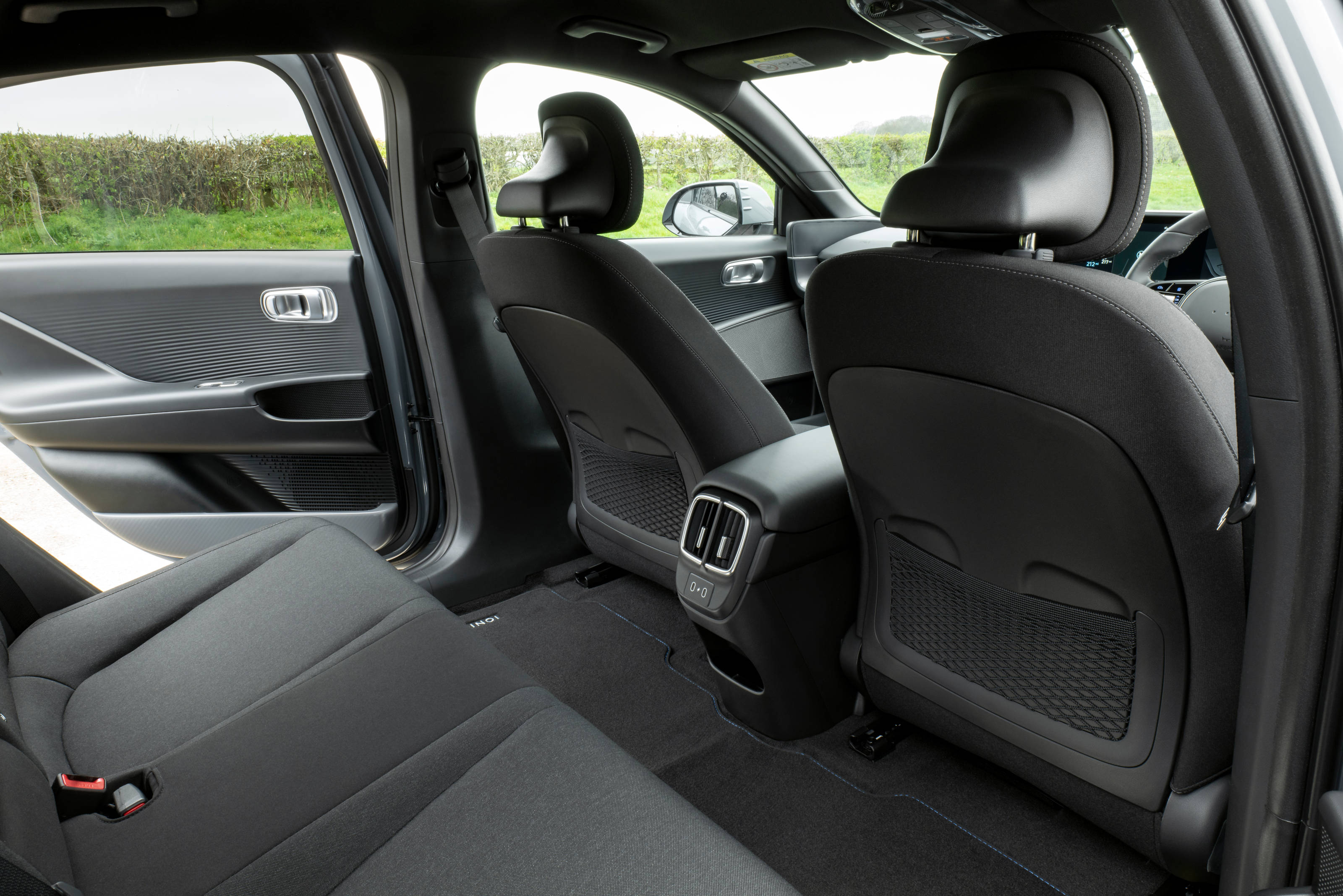
The Hyundai Ioniq 6 is distinctive without being awkward, technically accomplished and well equipped. It’s an easy car to live with and an easy car to recommend, especially as proper four-door electric saloons are still rather thin on the ground. This car gives this unfashionable sector a much-needed shot in the arm.
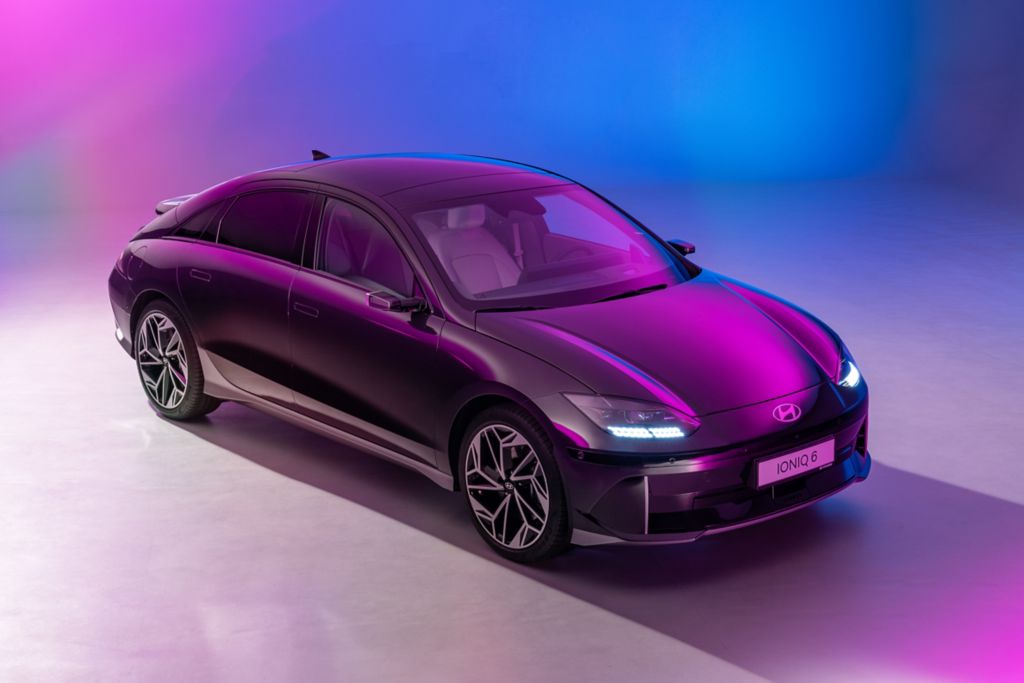
Hyundai IONIQ 6, from £47,040. Ultimate AWD model from £55,035, Hyundai.com
Jonathan Bell has written for Wallpaper* magazine since 1999, covering everything from architecture and transport design to books, tech and graphic design. He is now the magazine’s Transport and Technology Editor. Jonathan has written and edited 15 books, including Concept Car Design, 21st Century House, and The New Modern House. He is also the host of Wallpaper’s first podcast.
-
 Year in Review: we’re always after innovations that interest us – here are ten of 2025’s best
Year in Review: we’re always after innovations that interest us – here are ten of 2025’s bestWe present ten pieces of tech that broke the mould in some way, from fresh takes on guitar design, new uses for old equipment and the world’s most retro smartwatch
-
 Art and culture editor Hannah Silver's top ten interviews of 2025
Art and culture editor Hannah Silver's top ten interviews of 2025Glitching, coding and painting: 2025 has been a bumper year for art and culture. Here, Art and culture editor Hannah Silver selects her favourite moments
-
 In Norway, remoteness becomes the new luxury
In Norway, remoteness becomes the new luxuryAcross islands and fjords, a new wave of design-led hideaways is elevating remoteness into a refined, elemental form of luxury
-
 The future of off-road is encapsulated in Hyundai’s rugged Crater Concept
The future of off-road is encapsulated in Hyundai’s rugged Crater ConceptAn exploration of the future form of Hyundai’s XRT sub-brand, the Crater Concept is designed to roam where no one else goes
-
 New Porsche Cayenne Electric makes a case for a sporting life with lashings of technology
New Porsche Cayenne Electric makes a case for a sporting life with lashings of technologyThe next-gen Cayenne gets its first all-electric model, a mighty SUV that’s also the first Porsche with wireless charging
-
 All the new electric cars and concepts revealed at Munich’s IAA Mobility 2025
All the new electric cars and concepts revealed at Munich’s IAA Mobility 2025Munich’s alternative motorshow is now in its third iteration, combining a traditional exhibition space with a conference and large-scale public activations on the streets of the city
-
 An instant modern classic, the new Hyundai Inster is an all-conquering, all-electric city car
An instant modern classic, the new Hyundai Inster is an all-conquering, all-electric city carSmall EVs are making big waves as the tech continues to evolve. Hyundai shows everyone else how to do it
-
 KAMManufaktur transforms the 1960s-era Porsche 912 into a refined restomod GT
KAMManufaktur transforms the 1960s-era Porsche 912 into a refined restomod GTThe KAMM 912T is a restomod Porsche for the more discerning collector, a rebuilt and re-engineered car that favours analogue feel and simplicity over all-out power
-
 The raucous Hyundai Ioniq 5N EV has the sound and feel of an old school sports car
The raucous Hyundai Ioniq 5N EV has the sound and feel of an old school sports carHyundai is an unlikely saviour of the sporting EV, finding new ways of transforming the sheer power of electrification into an engaging, albeit old school, driver’s car
-
 All the best bits from Goodwood Festival of Speed 2025
All the best bits from Goodwood Festival of Speed 2025As car makers switch their allegiance to the sunny West Sussex countryside as a place to showcase their wares, a new generation of sports cars were sent running up that famous hill
-
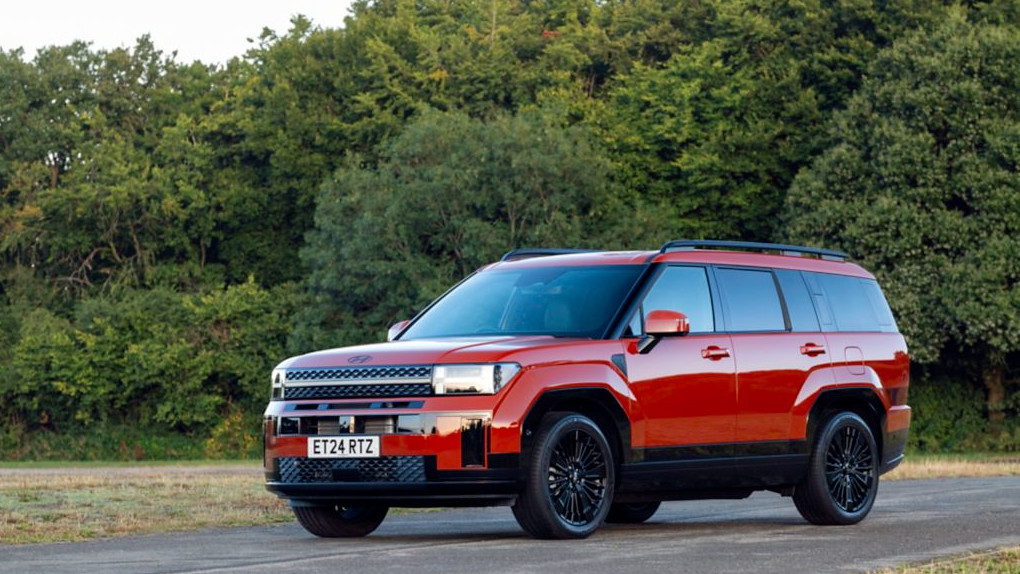 Comfort, kit and enduring aesthetics make the Hyundai Santa Fe utilitarian and upmarket
Comfort, kit and enduring aesthetics make the Hyundai Santa Fe utilitarian and upmarketTough looks conceal premium features as Hyundai takes its plug-in hybrid SUV upmarket. Wallpaper* tries out the stylish new South Korean 7-seater